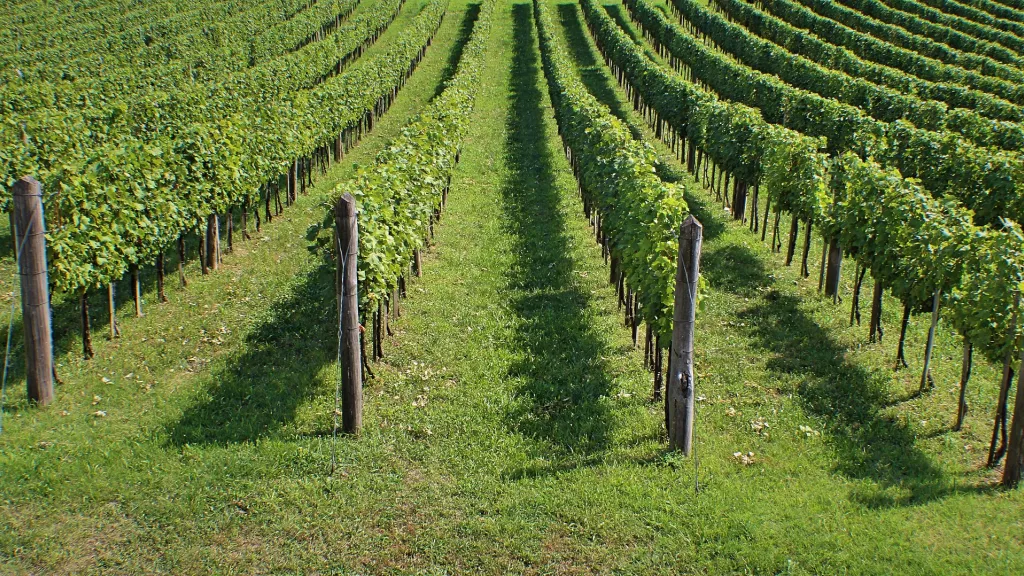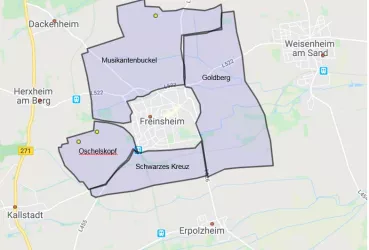How they got their name.
Goldberg (gold mountain)
In principle, the interpretation of gold names is difficult, as they can be based on different naming motives. Actual gold deposits are very rare. Treasure finds, the yellowish colour of the soil or the mica material contained in the soil, so-called fool's gold , may have been decisive for the name. Both particularly productive cultivated land and soils of low quality (which would then be a derisive name) can bear a gold name.
Oschelskopf
The name can be derived philologically from Middle High German "usel/osel" for ashes. A forest fire or the location of a potash hut could be the motif for the name.
Soil type: predominantly loamy sandy soils, in places also clay deposits, highly variable.
Musikantenbuckel (musician´s back)
The name was originally passed down orally. The vineyard is named after the itinerant musicians from the north-western Palatinate, the so-called Mackenbacher. On their wanderings, they played music on the hill in front of Freinsheim when they arrived and when they left. Their economic hardship had forced the musicians to wander in the 1830s. They played at public festivals, in inns, at club celebrations and parades. They came as far as overseas.
Soil type: predominantly light, loamy sandy soils, occasionally loess, in the valleys, water influence.
Rosenbuehl
This is a reference to the occurrence of the dog rose. The name must be traced back to the Middle High German word "buehel" for hill.
Soil type: Loam, sand, sandy loam, loamy sand, calcareous loam
Schwarzes Kreuz
An apotropaic (disaster-preventing) cross from around 1430 stands on the road from Freinsheim to Ungstein. Folklore has it that the "Black Cross" is haunted: "Don't look back," is what anyone walking past the Black Cross at night was told, otherwise the small "Drueckmaennchen" (pusher) would sit on his shoulder and let himself be carried to his banishment limit, while he grew heavier and heavier and pressed down the disobedient.
Soil type: loamy sands, boulder-rich, tertiary sands, occasional clay deposits, highly variable

